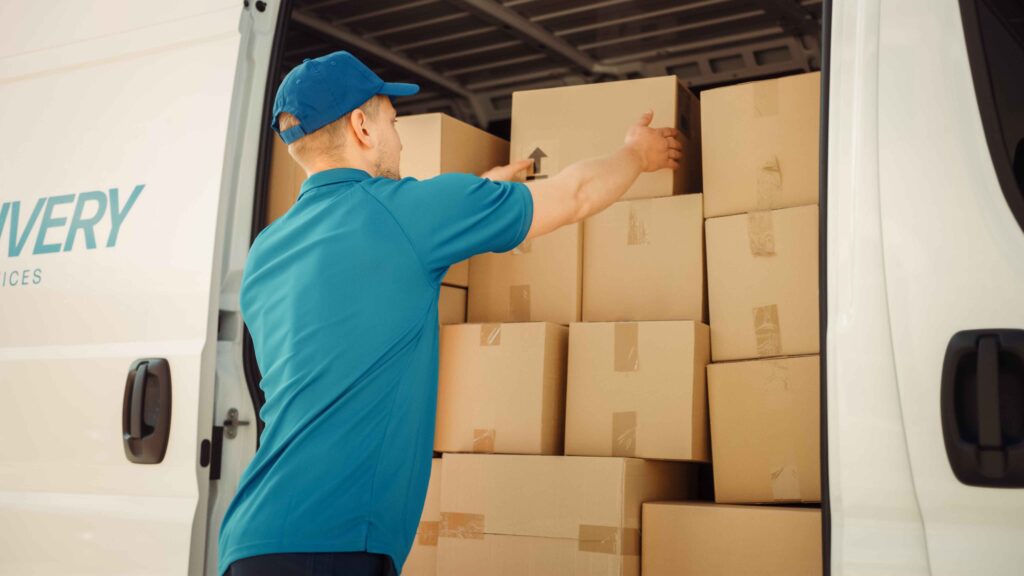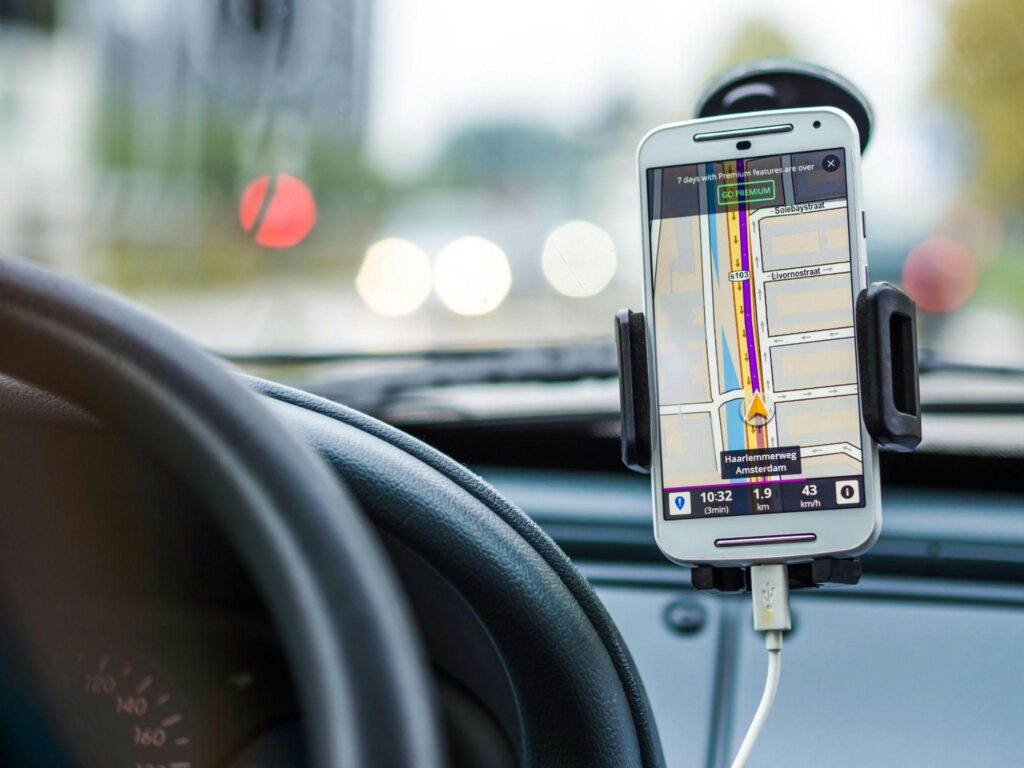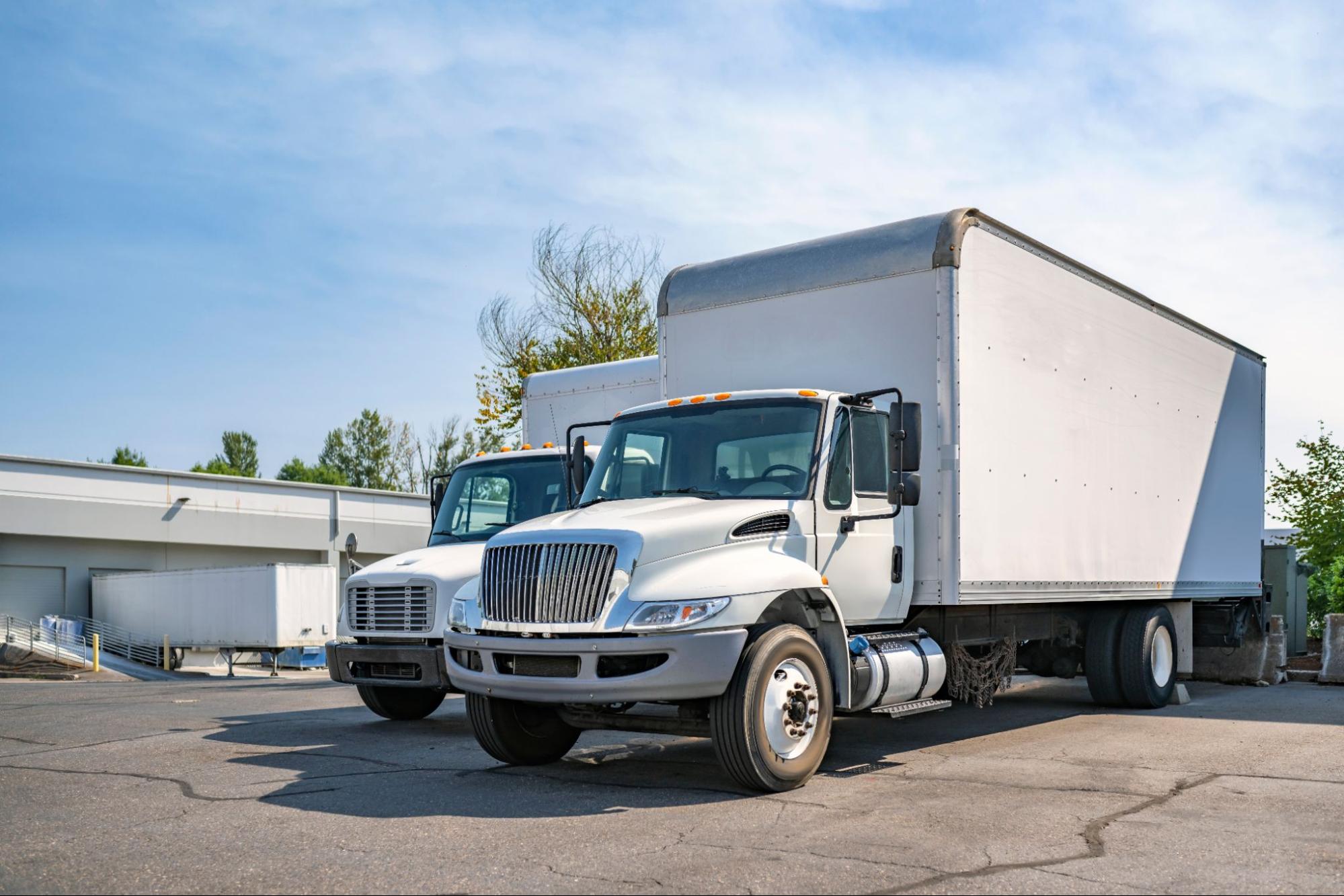Peak delivery times bring a flood of questions. Customers want answers. “Where is my order?” echoes across every channel. Real-time shipment tracking changes the experience.
Order tracking systems provide delivery status updates the moment anything shifts. Customers follow each step, removing the guesswork. Support teams feel the relief as inquiries drop. Delivery tracking gives everyone the information they need, reduces support tickets, and creates a better delivery experience from start to finish.
Key Takeaways
- WISMO tickets can account for 40-60% of total customer support volume for logistics companies.
- Modern delivery tracking reduces support costs by $5,000-6,000 monthly for mid-sized operations.
- Real-time GPS tracking and proactive notifications eliminate most routine delivery inquiries.
- Self-service tracking portals improve customer satisfaction while reducing support workload.
- Companies typically see 30-40% reductions in delivery-related support tickets after implementing comprehensive tracking.
Why Delivery-Related Support Tickets Are on the Rise
The explosive growth of e-commerce has fundamentally changed customer expectations around delivery transparency. What once was a simple “wait and hope” approach to package delivery has evolved into a demand for real-time visibility and constant communication.
E-commerce sales have grown exponentially over the past decade, leading to billions more shipments annually. With this volume surge comes a proportional increase in delivery-related inquiries.
“Where is my order?” (WISMO) remains the single most common reason customers contact support.
This seemingly simple question often requires significant time and resources to answer, especially when tracking systems aren’t integrated or easily accessible to both customers and support representatives.
The lack of delivery transparency creates unnecessary friction in the customer experience.
When customers can’t easily find information about their shipments, they naturally turn to the next available channel: your support team. This reactive approach not only increases operational costs but also creates stress for both customers and service representatives.
The Real Cost of WISMO Tickets
Time and Labor Costs

Every WISMO ticket represents a hidden cost that many logistics companies underestimate. Customer service representatives typically spend 3-5 minutes per basic delivery inquiry, but these minutes add up quickly when multiplied across thousands of daily tickets.
Consider this scenario: A mid-sized logistics company processing 10,000 deliveries monthly might receive 3,000 WISMO tickets.
At 4 minutes per ticket, that’s 200 hours of agent time dedicated solely to answering “where is my package” questions. With fully loaded agent costs averaging $25-30 per hour, this represents $5,000-6,000 monthly in preventable support costs.
The high volume of routine delivery inquiries also pulls valuable resources away from more complex customer issues that actually require human intervention.
Support agents could be solving real problems, handling escalations, or building customer relationships instead of providing information that should be readily available through automated systems.
Customer Frustration
Poor delivery visibility creates a cascade of negative customer experiences that extend far beyond the first support interaction. When customers cannot track their orders on their own, frustration grows quickly. Negative reviews start to appear, social media complaints gain traction, and customer loyalty fades.
Modern consumers expect detailed, real-time tracking updates. Companies like Amazon and UPS have set the standard. If logistics providers do not meet these expectations, customers may assume something is wrong with their order.
This uncertainty triggers repeated support contacts, escalated complaints, and even premature refund requests. When customers are forced to reach out for basic delivery information, friction builds. The result is a damaged delivery experience that lingers long after the package arrives.
What Modern Delivery Tracking Actually Offers
Real-Time GPS Visibility

Today’s advanced order tracking systems do more than send vague updates like “in transit” or “out for delivery.” They offer live map tracking, showing the actual progress of each package. Customers now watch their shipments move across the map, seeing exactly where the delivery vehicle is at any moment.
This transparency brings peace of mind. When customers see a driver just three stops away, their anxiety fades. There’s no need to call or wonder when the package will arrive.
Modern tracking interfaces go further, displaying the route history from warehouse to doorstep. Customers follow every step of the journey. With each update, confidence grows. Uncertainty disappears, and support teams see fewer “Where’s my order?” calls.
Estimated Time of Arrival (ETA) Updates
Dynamic ETA tracking represents a major advancement over static delivery windows.
These systems continuously update estimated delivery times based on real-time traffic conditions, driver location, route optimization, and current delivery progress.
Customers particularly appreciate ETA precision for time-sensitive deliveries or when they need to arrange to be home for receipt. When delivery tracking systems provide accurate, frequently updated arrival estimates, customers can plan accordingly without needing to call support for delivery window confirmation.
The most effective systems also provide ETA ranges (e.g., “delivery expected between 2:30-3:15 PM”) rather than overly specific times that create unrealistic expectations. This balanced approach sets appropriate expectations while still providing valuable planning information to customers.
Proactive Notifications
Automated updates play a powerful role in reducing customer support inquiries. These systems send targeted notifications through text, email, or app alerts at each important stage.
A well-designed notification sequence usually includes:
- Order confirmation and an initial estimated arrival time.
- A heads-up when the package is picked up and on its way.
- “Out for delivery” alerts, often with a narrowed delivery window.
- Notification if a delivery attempt happens but no one is available.
- Confirmation once the package is delivered.
With proactive communication like this, customers never feel left in the dark. Most WISMO calls vanish, replaced by a sense of confidence and ease throughout the delivery process.
How Tracking Tools Reduce the Load on Support Teams

Self-Service Reduces Inbound Volume
Self-service tracking transforms the delivery experience. Customers gain instant access to real-time updates and complete delivery details, day or night. The result is a sharp drop in WISMO inquiries. There is no waiting on hold and no need to contact support for basic status updates.
These tracking portals do more than lighten the load for support teams. They empower customers. Confidence grows when information is always at their fingertips.
The best self-service tools offer a full picture, including delivery photos, recipient signatures, GPS coordinates, and clear instructions. With this level of detail, almost every customer question is answered before it ever becomes a WISMO ticket.
Shorter Ticket Resolution Times
When customers reach out for help, integrated tracking data makes all the difference. Support representatives can instantly access delivery information and answer questions without needing to call drivers or wait for updates from the logistics team.
This approach removes the usual delays and confusion. There is no back-and-forth, no promises to follow up later. Instead, agents provide clear and accurate updates right away.
With quicker responses, support teams handle more tickets with ease. Customers leave the interaction satisfied, knowing their questions were answered promptly and completely.
Fewer Escalations and Refund Requests
Transparent communication through delivery tracking changes the customer experience. When customers can see each step in their package’s journey, anxiety fades. They are less likely to assume something has gone wrong or to demand a refund before the delivery is complete.
Logistics teams notice the impact quickly. Escalated complaints and refund requests decline. Customers who can track their package in real time tend to wait patiently, even during unexpected delays.
Fewer escalations not only lower costs for refunds and investigations. They also help maintain stronger customer relationships, preventing misunderstandings and building trust along the way.
What to Look for in Delivery Tracking Software

When evaluating delivery tracking solutions, logistics companies should prioritize features that directly address customer communication needs while integrating seamlessly with existing support infrastructure.
Essential features include:
- Real-time updates with accurate ETAs that automatically adjust based on current conditions.
- Branded customer-facing tracking pages that reinforce your company’s professional image.
- Customizable notification templates that align with your brand voice and communication preferences.
- Analytics on delivery success and exceptions to identify recurring issues and improvement opportunities.
The best tracking solutions also offer API integrations that allow for custom implementations and connections with existing logistics management systems. This flexibility ensures that tracking improvements can be implemented without disrupting current operational workflows.
Delivery Tracking = Better CX and Lower Costs
Implementing comprehensive delivery tracking creates a true win-win scenario for logistics companies and their customers. Enhanced visibility improves the customer experience while simultaneously reducing operational support costs.
Support teams benefit as well. With fewer tickets about delivery status, agents spend their time solving complex issues that need real attention. The result is faster response times and higher service quality.
Transparency in logistics builds your reputation. Customers who trust your process are more likely to stay loyal, share positive reviews, and recommend your company to others. Reliability and professionalism shine through with every successful delivery.
Is Your Business Ready to Deliver a Better Experience?
Investing in advanced delivery tracking does more than streamline your logistics. It transforms the way you connect with customers and adds real value to your business for the long term. When routine support tickets drop, your team can focus on what matters most. They can build loyalty, resolve genuine issues, and make every interaction count.
As delivery volumes rise, clear and proactive communication becomes your edge. Companies that act now to improve customer communication will stay ahead of the competition.
Ready to reduce your support ticket volume while improving customer satisfaction? CIGO Tracker’s advanced delivery tracking solutions provide real-time visibility, automated notifications, and seamless support integration. Contact our team to learn how we can help transform your customer delivery experience.
Frequently Asked Questions
1. How does delivery tracking help reduce the number of support inquiries?
When customers have real-time visibility into their order’s status, from dispatch to doorstep, they’re far less likely to contact support asking, “Where’s my order?” Clear tracking eliminates uncertainty and gives customers control, significantly decreasing WISMO (Where Is My Order) tickets.
2. What features in tracking tools are most effective for lowering support volume?
Key features like live GPS tracking, accurate ETA notifications, delivery status updates, and proof of delivery (POD) all reduce the need for customer outreach. These proactive updates build trust and minimize confusion, freeing up your support team for more complex issues.
3. Can branded tracking pages improve the customer experience?
Yes! Branded tracking pages serve as a centralized, self-service destination for customers to check their order progress. When well-designed, they not only reduce tickets but also enhance brand perception, engagement, and even repeat purchases.
4. Does tracking integration with customer support tools make a difference?
Absolutely. Integrating delivery data into your support platforms (like Zendesk, Gorgias, or Help Scout) enables agents to quickly access order status and respond faster, often preempting the need for a ticket entirely. It streamlines workflows and boosts efficiency across the board.
5. What kinds of customer tickets are most affected by tracking improvements?
WISMO tickets see the most dramatic reduction. However, tracking can also reduce complaints about missed deliveries, delays, or confusion around delivery windows. Clear communication and visibility address most of these concerns before they become support issues.




